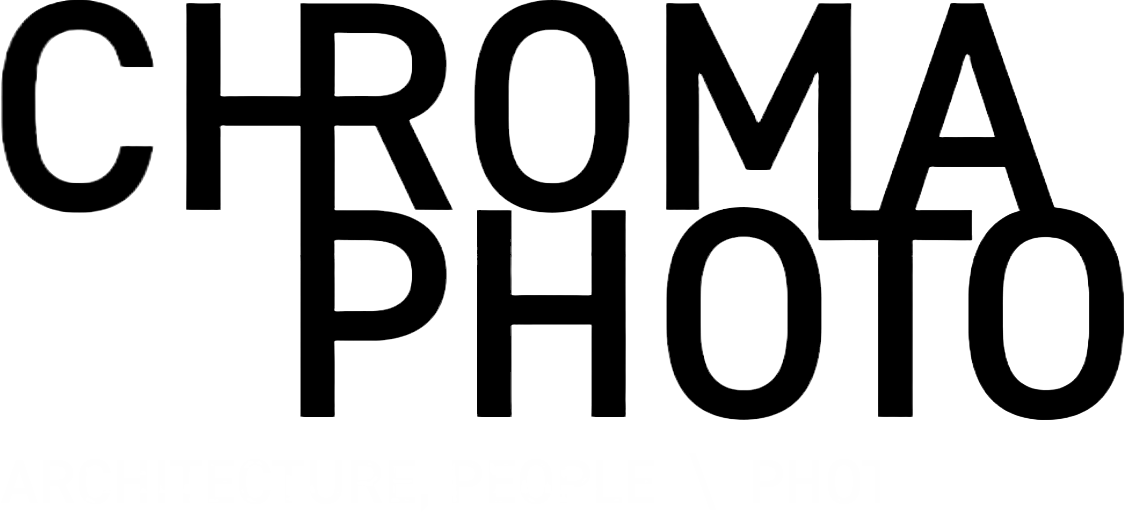AI. A threat or a new fun toy?
Friday’s are always slow when trying to network and connect with new people and practices; I know from experience that things are either winding down and slowly heading pub-ward, or it’s some mad rush to get a pack of drawings out (…..so that they can sit and do nothing for a week or two in someone’s inbox!). So I thought what better use an hour of my time to have a look at what everyone’s talking about this week.
Chat GPT is a currently free software that mimics conversation, can write songs, and has recently been given it’s first MBA, seriously. It’s my first time having a look at it, having verrry lightly dabbled with other AI art programs in the past, and quickly getting bored, largely because I didn’t fully understand them. Using it is very simple, at the surface level I’ve had a go at. You type in a command and it replies with it’s interpretation, having huge databases of the internet to scroll through while doing so. I’m actually quite impressed at the job it did on the relatively simple tasks I gave it. The first was to write a poem about the importance of Architecture Photography (of course).
Buildings rise high, like giants in the sky,
A photographer captures their beauty on high.
With lens in hand, and an artist's eye,
They frame the structures, reaching for the sky.
Lines and angles, curves and shapes,
A symphony of concrete and steel,
Each shot a masterpiece, a work of art,
A story told, that's both real and surreal.
From the grandest cathedrals, to the humblest homes,
Each building holds a tale, a history to be known.
Through the lens, we see the past and present,
A window to a world, that's both new and ancient.
So let us raise our cameras, and capture the view,
Of architecture, in all its grandeur and hue.
For in these structures, we find a reflection,
Of humanity, and our endless perfection.
You can then get more creative and add in elements for it to tie in. This next one is the same request, but a sonnet, and in the style of Mark Twain.
Oh architecture photography, how grand and true,
A window to the past, a glimpse of future too. It captures form and function, lines so sleek,
A timeless art, a visual feast to seek.
It tells the story of our built surrounds,
The grandeur of a palace, or a shack on the ground. It shows the beauty in the most mundane,
And how we shape the world, with our own hands.
It reminds us of our human need for space,
To build and create, to leave our own trace.
It helps us understand our place in time, And how we've grown, in culture and design.
So let us raise our cameras high, and snap,
For architecture photography, is truly a map.
I’m no poet, so judging how it does at these tasks isn’t first nature for me. But I have seen other Architecture AI generating software, and there doesn’t seem ‘intelligence’ within it, it appears to be merely holding up a very clever mirror, only able to throw out what it can find of us. Which I guess is what much of society arguably does anyway, mildly altering and progressing what is there already. Which makes me think, if used wisely and not exploited, this can be a fun creative tool that doesn’t have to threaten jobs. While all fun and games, much of the interest for the creative arts comes from the fact that it’s from a human. It’s their thoughts, personality, experience and skill manifesting itself. So in this spirit, I asked ‘it’ if it thought that AI would ever remove the need for human photographers.
It is unlikely that AI will completely remove the need for human photographers. While AI can assist with tasks such as image editing and organization, the creative aspect of photography is difficult to replicate with AI. Additionally, human photographers bring their own unique perspectives and emotions to their work, which cannot be replicated by AI. However, AI technologies will continue to improve and become more integrated into the photography industry, potentially changing the way that photographers work.
